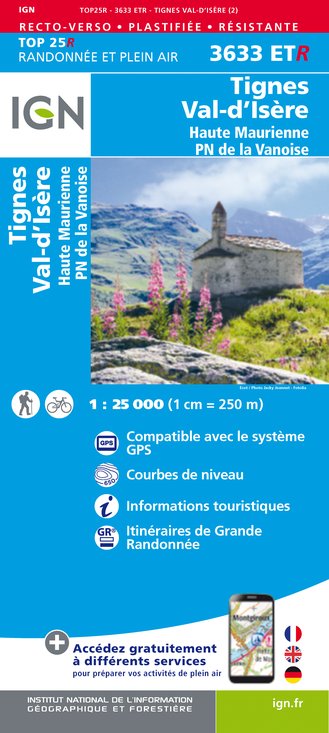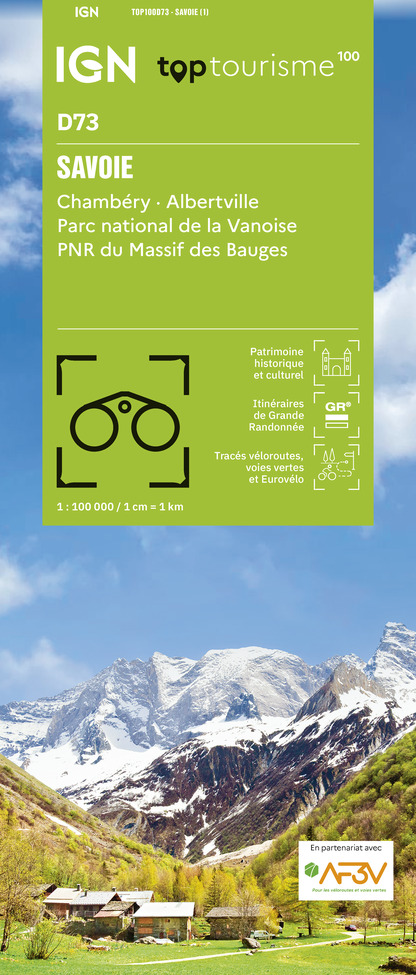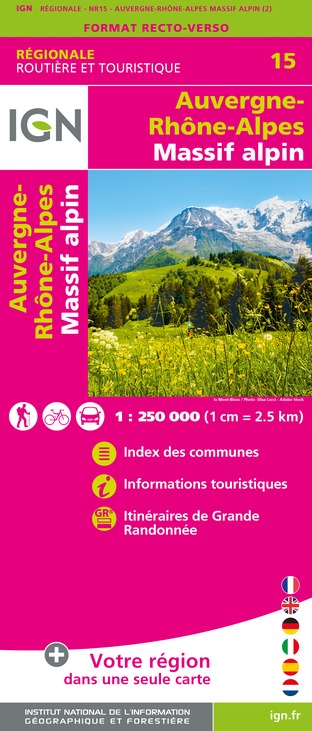Alert
Alerts
Col de la Bailletta from le Fornet

IGN cards









Description
A long-distance hike, all uphill, but with a rare landscape on arrival.
From the Fornet cable car departure station, go back down the RD 902 for about 150 m. Take the only tarmac road that climbs steeply to the right. After passing the “tourne” (embankment followed by a ditch) follow the trail that gœs to the right. At each intersection, take the left junction until the Col de la Bailletta. The path has a flat-uphill profile after the crossing through the hamlet (about 1 km), the slope is accentuated between the entrance into the nature reserve (Rouvines stream) and the first plateau of Couart below (850 m). The trail winds up to the 2nd plateau of Couart above. Then cross a scree up to the Col de la Bailletta: follow the cairns in case of late snowfall. For a picnic, don’t hesitate to go down to the Bailletta lake as the pass is often windy...
Technical Information
Altimetric profile
Starting point
Points of interest
Additional information
Public transport
"Rail connection to Bourg-Saint-Maurice. Information: www.voyages-sncf.comthen transport by coach to the administrative centre of Val d´Isère. Information: www.transavoie.com Free shuttle buses serve all the hamlets of Val d´Isère, including le Fornet."
Advice
Remember to bring sufficient water for the day as no water sources are available. Take a hat, sunglasses and sunscreen as it is extremely sunny in the summer months. If you want to get a better look at the large wildlife, the best times would be either early in the morning or late in the evening. Visitors to the nature reserve are kindly asked to respect the regulations.
Advised parking
Hamlet of le Fornet
Access
Val d´Isère, continue on the RD 902 towards the Col de l´Iseran, then park in the hamlet of Fornet.
Arrival
Car park, hamlet of Fornet
Ambiance
This path, which is well worth the hike, lets you visit the National Nature Reserve of Baillettaz. With a little luck and a keen sense of observation, the hiker will have the opportunity to approach (but not disturb) the king of the mountains, My Lord, the Alpine Ibex!
Departure
Car park, hamlet of Fornet
Data author












